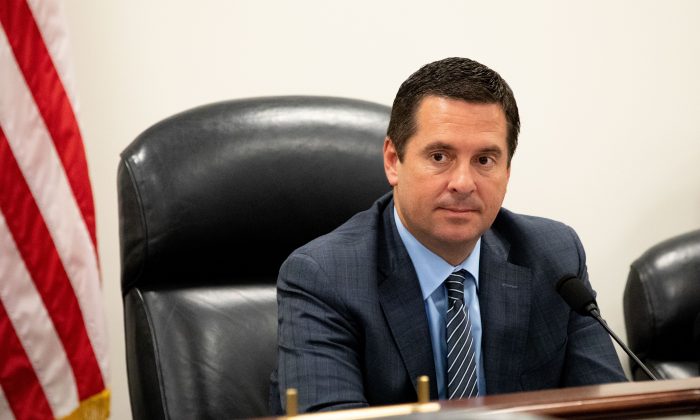Feeling that the South had been “engulfed by the great maelstrom of bourgeois liberalism and capitalism, Frederick A. Porcher (1809-1888) and other Charlestonian began rebuilding their sense of community and political order. An 1828 Yale graduate, he was a prewar planter who failed in that business and went to teaching at the College of Charleston. He served several terms in the South Carolina Legislature and counted among his many friends author William Gilmore Simms.
www.Circa1865.org The Great American Political Divide
The Opening Wedge of Revolution
“Following the Civil War, Frederick Porcher continued to teach in Charleston, where it seemed that the Old South, his world, was unmistakably gone . . . “To the old Carolinian, everything was strange — he looked bewildered around him and about him, he felt he had become a stranger, that he had no home.”
Porcher’s fellow conservatives countered nascent black political organization with meetings and announcements of their own. A November 1867 convention of conservatives in Charleston outlined the postwar conservative beliefs. Local rule through States’ rights . . . and the fear of democracy all survived the war. The convention also gave hints of a developing industrial-age conservatism cherishing property rights and accepting as inevitable the labor/capital antagonism of a capitalist economy.
In its postwar defense of the States’ rights philosophy, the conservative convention granted that the emergency of war necessitated that the federal government reign “supreme.” But, as the Charleston Daily Courier reported, “Is this law, or is this usurpation? Is this good government, or is it revolution?”
A strong central government during a crisis of war was one thing. Conservatives asked if South Carolinians were now willing to endorse “so monstrous a proposition into our government polity.” Calhoun could not have stated any clearer the States’ rights view that conservative South Carolinians still held in 1867: To admit as a fact, as has been assumed to be the result of the war, that the Government of the United States is supreme, and that the States have no rights; or, if they have rights, that they are subordinate to the will of a majority having control of the Government, is to admit the abrogation of the Constitution, and to ignore the facts of history.”
Centralization of political power at the national level, especially with the inclusion of black voters, was the opening wedge leading to other revolutions. The Reconstruction Acts, conservatives argued, placed the power to tax “in the hands of those who own no property,” while it took power away from “those who hold the property and must pay the taxes.” To them, this was not just a bad idea, but a dangerous one.
Porcher used his history lectures to address the new political power of the black community. “A great experiment,” Porcher observed, “is now making in this country to commit the highest responsibilities of civilization to a race which in its native soil has never shown any capacity for improvement. You who hear me will be able to witness the result.”
[He] guided his young students with the strong suggestion that it too, would fail: “Civilization is an Innate Faculty, not an acquired Habit. It is a gift of God, not the result of human teaching.”
(In The Great Maelstrom: Conservatives in Post-Civil War South Carolina, Charles J. Holden, University of South Carolina Press, 2002, excerpts pp. 30-37)




